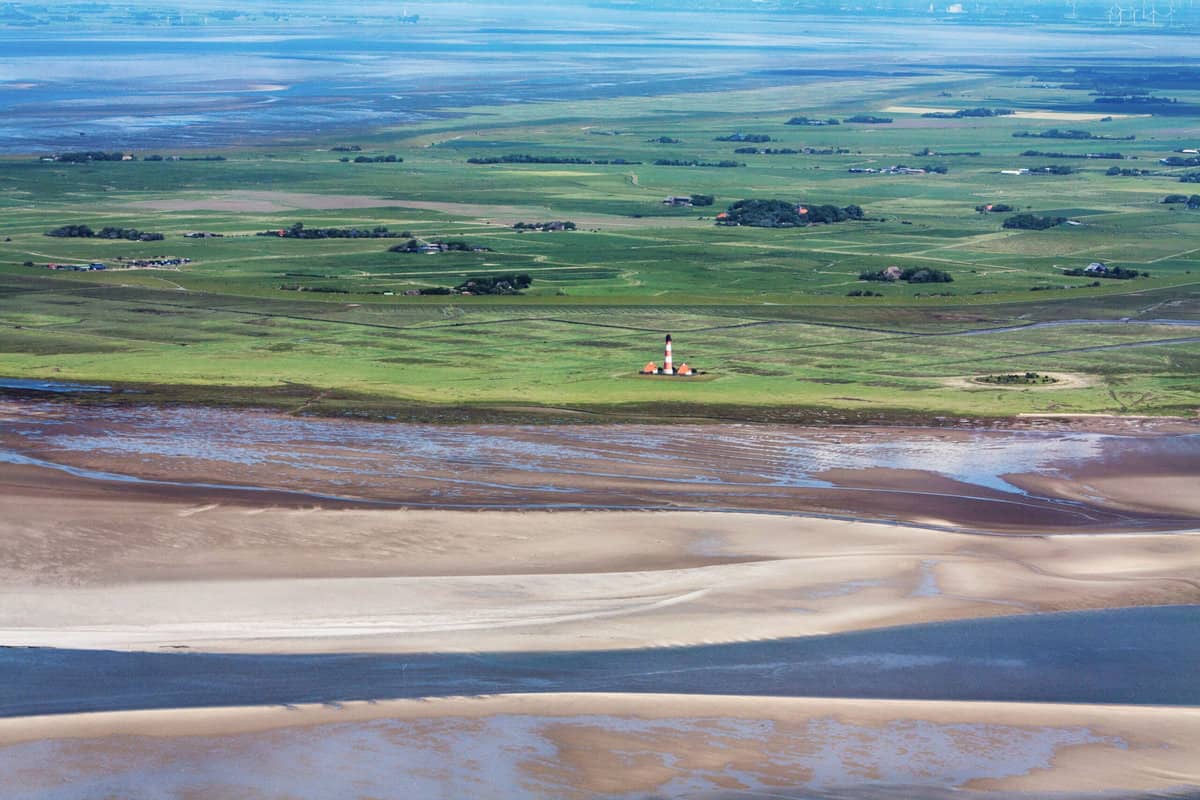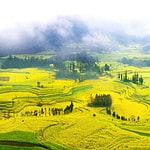The Wadden Sea Islands are a group of low-lying islands located along the coast of the Netherlands, Germany, and Denmark. These islands are home to a unique ecosystem and are known for their vast mudflats, sand banks, and salt marshes. The Wadden Sea Islands have a rich history and have been inhabited for thousands of years, with evidence of human activity dating back to the Neolithic period.
Contents
History since 10.000 BC
The Wadden Sea Islands were formed over thousands of years through a process known as coastal progradation. This process occurs when sediment is deposited along the coast, gradually building up the land and forming new islands. The sediment is primarily composed of sand and mud that is carried by rivers and deposited in shallow waters along the coast.
During the last ice age, which ended around 10,000 years ago, the sea level was much lower than it is today. The coast at that time was located many kilometers further inland than it is now. As the ice began to melt, the sea level rose, flooding the low-lying areas and creating the Wadden Sea as we know it today. The sediment deposited by rivers and currents formed the basis for the formation of the Wadden Sea islands.
Over time, the islands have been shaped and reshaped by the forces of nature, including storms, tides, and sea level changes. The islands are constantly changing, with new sand and mud being deposited and old sand and mud being washed away. The Wadden Sea Islands are also home to a unique ecosystem, which has developed over thousands of years in response to the changing environment.
In recent times, human activities such as land reclamation, dikes, and dams have also played a role in shaping the Wadden Sea islands. These activities have helped to protect the islands from flooding and erosion, but they have also had an impact on the natural environment. Today, the Wadden Sea Islands are protected by national parks and UNESCO World Heritage Site status, which help to preserve their unique ecosystem and cultural heritage.
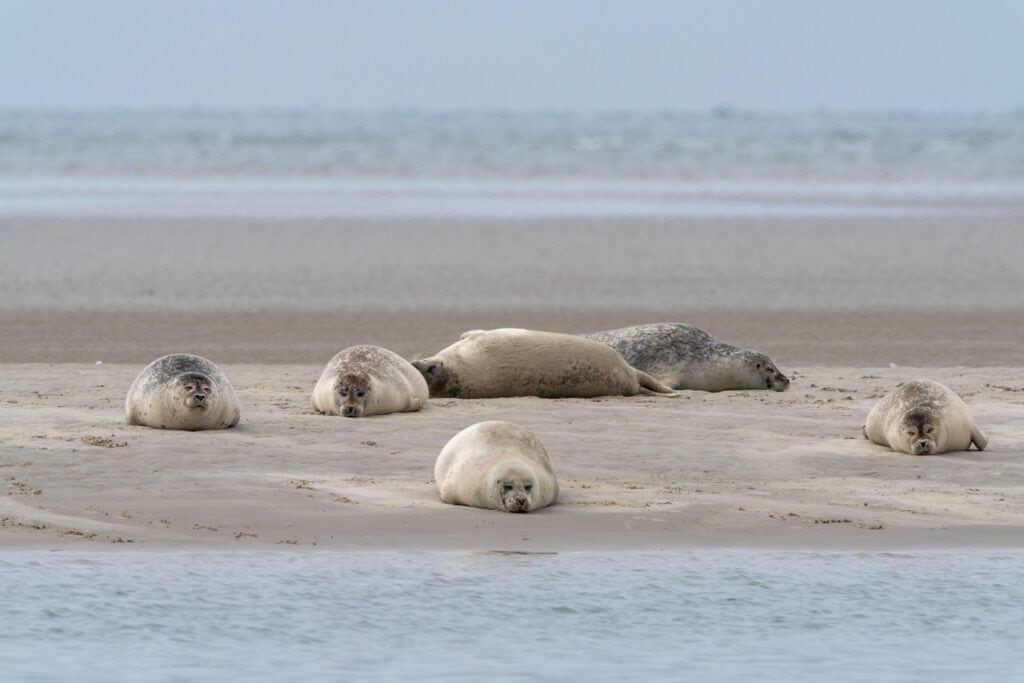
You may also like: The Wadden Sea National Park – All you need to know before you visit
What to see at Wadden Sea Islands
The Wadden Sea Islands offer visitors a chance to see a unique and diverse range of natural and cultural attractions. Some of the main things to see when visiting the Wadden Sea Islands include:
- Mudflats: The vast mudflats of the Wadden Sea Islands are a unique feature of the area and are home to a variety of bird species. Visitors can take a guided tour of the mudflats to see birds such as sandpipers, plovers, and oystercatchers.
- Salt Marshes: The salt marshes of the Wadden Sea Islands are home to a variety of plants and animals, including salt-tolerant grasses and insects. Visitors can take a guided tour of the salt marshes to learn about the ecology of the area.
- Sand Banks: The sand banks of the Wadden Sea Islands are a unique feature of the area and are home to a variety of bird species. Visitors can take a guided tour of the sand banks to see birds such as terns and gulls.
- Seals: The Wadden Sea Islands are home to a large seal population, with thousands of seals living in the area. Visitors can take a traditional seal safari to see seals in their natural habitat.
- Lighthouses: The Wadden Sea Islands are home to several historic lighthouses, which were built to guide ships through treacherous waters. Visitors can take a tour of the lighthouses to learn about their history and enjoy the views from the top.
- Traditional Buildings: The Wadden Sea Islands have a rich cultural heritage, and visitors can see traditional Dutch farmhouses, which are an example of this. Visitors can also see the lighthouse keeper’s houses, which are now used as accommodation.
- Museums: The Wadden Sea Islands are home to several museums that provide visitors with an insight into the history and culture of the area. Visitors can learn about the history of the islands, the ecology of the area, and the traditional way of life of the people who live on the islands.
- Beach: Visitors can also enjoy the long stretches of sandy beaches on the islands and take a relaxing walk on the shoreline.
In addition to these natural and cultural attractions, visitors can also take part in a variety of activities such as birdwatching, seal safaris, and boat tours.
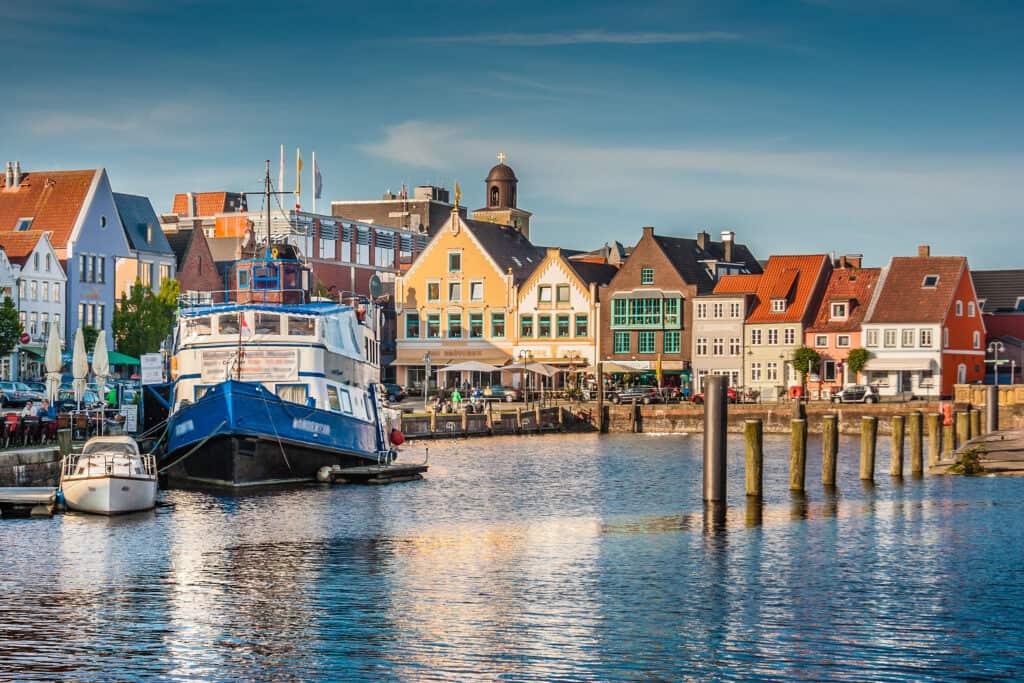
Things to do
The Wadden Sea Islands offer visitors a wide range of activities to enjoy during their visit. Some of the popular things to do include:
- Guided Tours: Visitors can take a guided tour of the islands to learn about the history, ecology, and culture of the area. Guided tours are a great way to learn about the unique features of the Wadden Sea Islands and to see the mudflats, salt marshes, and sand banks.
- Birdwatching: The Wadden Sea Islands are a popular destination for birdwatching, with over 10 million birds passing through the area each year. Visitors can take a guided birdwatching tour to see a variety of species such as sandpipers, plovers, and oystercatchers.
- Seal safari: Visitors can take a traditional seal safari to see seals in their natural habitat. Seal safaris are a unique and exciting way to experience the Wadden Sea Islands and to learn about the ecology of the area.
- Boat tours: Visitors can take a boat tour of the islands to see the mudflats and birdlife from a different perspective. Boat tours are a great way to explore the unique ecosystem of the Wadden Sea Islands and to see the seals and other wildlife.
- Hiking: Visitors can take a hike on the Wadden Sea Islands, which offer a variety of hiking trails that pass through the mudflats, salt marshes, and sand banks. Hiking is a great way to explore the natural beauty of the islands and to see the wildlife.
- Biking: Visitors can also rent a bike and explore the islands on two wheels. Biking is a great way to see the islands at a faster pace and to get a different perspective on the natural beauty of the islands.
- Fishing: Visitors can fish in the Wadden Sea, which is known for its rich fishing grounds. Visitors can catch a variety of fish such as plaice, cod, and flounder.
- Beach activities: Visitors can also enjoy the sandy beaches on the islands, and take part in activities such as swimming, sunbathing, and beach games.
- Visiting Museums: Visitors can also visit the museums on the islands, which provide an insight into the history and culture of the area. Museums like the Wadden Sea Center and the lighthouse museum are a great way to learn about the unique ecosystem and cultural heritage of the Wadden Sea Islands.
In addition to these activities, visitors can also take part in cultural events such as traditional festivals and concerts, which take place throughout the year. Visitors can also enjoy the local cuisine and shopping in the towns and villages on the islands.
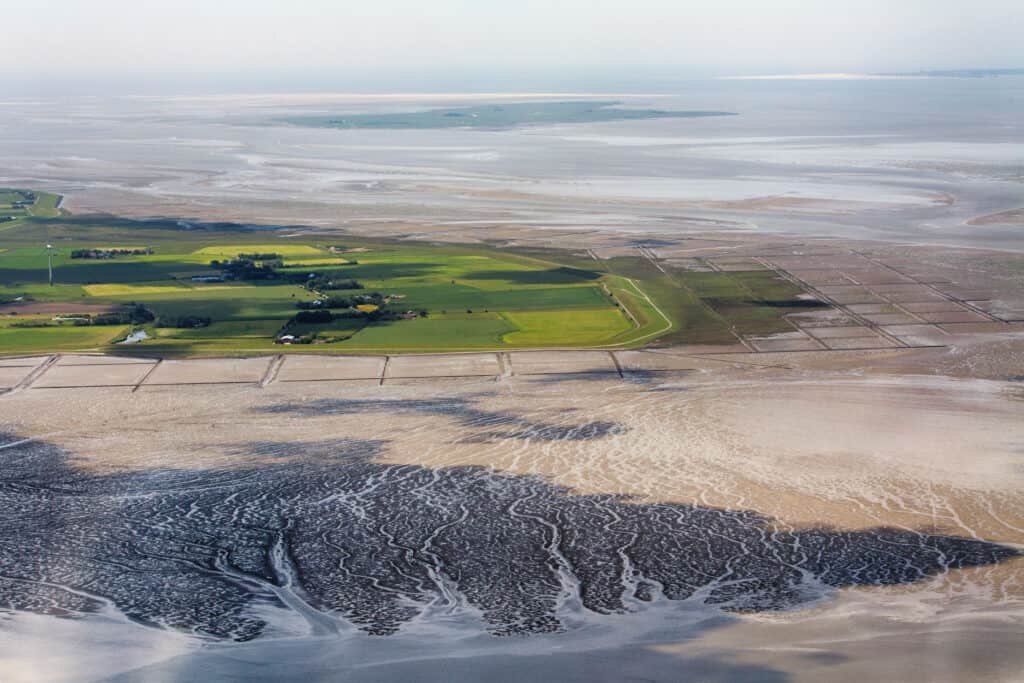
Typical Costs
The costs of visiting the Wadden Sea Islands will vary depending on the type of accommodation, activities, and travel arrangements that visitors choose. However, some typical costs that visitors should expect include:
| Expense | Description | Typical Cost (€) |
|---|---|---|
| Accommodation | Traditional Dutch farmhouse or modern hotel | 50-150 per night |
| Accommodation | Camping site | 20 per night |
| Guided tours | Short tour | 10-20 per person |
| Guided tours | Full-day tour | 50-70 per person |
| Transportation | Train ticket from Amsterdam | 20-30 per person |
| Transportation | Car or bike rental | 20-30 per day |
| Food and drink | Meals in a restaurant | 15-25 per meal |
| Entrance fees | Museums and attractions | 5-10 per person |
Please keep in mind that some activities and tours on the Wadden Sea Islands are weather dependent and may not be available on certain days due to tide or weather conditions, so it’s a good idea to check availability and plan accordingly.

How to Prepare
When preparing for a trip to the Wadden Sea Islands, there are a few things that visitors should keep in mind:
- Weather: The weather on the Wadden Sea Islands can be unpredictable, so visitors should pack clothing and footwear that is suitable for different weather conditions. Waterproof and sturdy shoes or boots are recommended, as the islands can be muddy and wet. Visitors should also pack a rain jacket or poncho in case of rain.
- Clothing: Visitors should bring warm clothes, even in the summer, as the weather can be chilly, especially when the wind is blowing. Dress in layers, so you can adjust to the temperature.
- Binoculars: Visitors should bring binoculars for birdwatching, as the Wadden Sea Islands are a popular destination for birdwatching.
- Camera: Visitors should bring a camera to capture the beautiful landscapes and wildlife of the islands.
- Sunscreen and insect repellent: Visitors should bring sunscreen and insect repellent, especially if they plan to spend time outdoors.
- Travel documents: Visitors should make sure that they have all the necessary travel documents such as passport or ID card, proof of travel insurance and any other documents that may be required for their trip.
- Guidebook or map: Visitors should bring a guidebook or map of the islands to help them navigate and plan their trip.
- Cash and credit card: Visitors should bring cash and a credit card, as not all establishments on the islands accept credit cards.
- Tide schedule: Visitors should check the tide schedule and plan their activities accordingly. Some areas of the islands may be inaccessible at high tide, and some activities such as seal safari, mudflat hiking and birdwatching are tide-dependent.
- Check the availability of tours and activities: Visitors should check the availability of tours and activities before they arrive and book in advance to avoid disappointment.
By preparing ahead of time, visitors can ensure that they have an enjoyable and stress-free trip to the Wadden Sea Islands.

How to get there
There are several ways to get to the Wadden Sea Islands, depending on your starting point and mode of transportation. Here are a few options for getting to the islands from some major cities in Germany:
| City | Distance (km) | Distance (mi) | Car (est. hours) | Train (est. hours) | Bus (est. hours) |
|---|---|---|---|---|---|
| Cologne | 150 | 93 | 2.5 | 4-5 | 3-4 |
| Berlin | 300 | 186 | 5 | 7-8 | 6-7 |
| Frankfurt | 400 | 249 | 6 | 8-9 | 7-8 |
| Hanover | 200 | 124 | 3 | 4-5 | 3-4 |
| Hamburg | 150 | 93 | 2.5 | 4-5 | 3-4 |
| Munich | 800 | 497 | 12 | 14-15 | 13-14 |
| Stuttgart | 600 | 373 | 9 | 12-13 | 11-12 |
It’s worth noting that these distances are approximate, and the actual distance will depend on the specific route and mode of transportation that visitors choose.
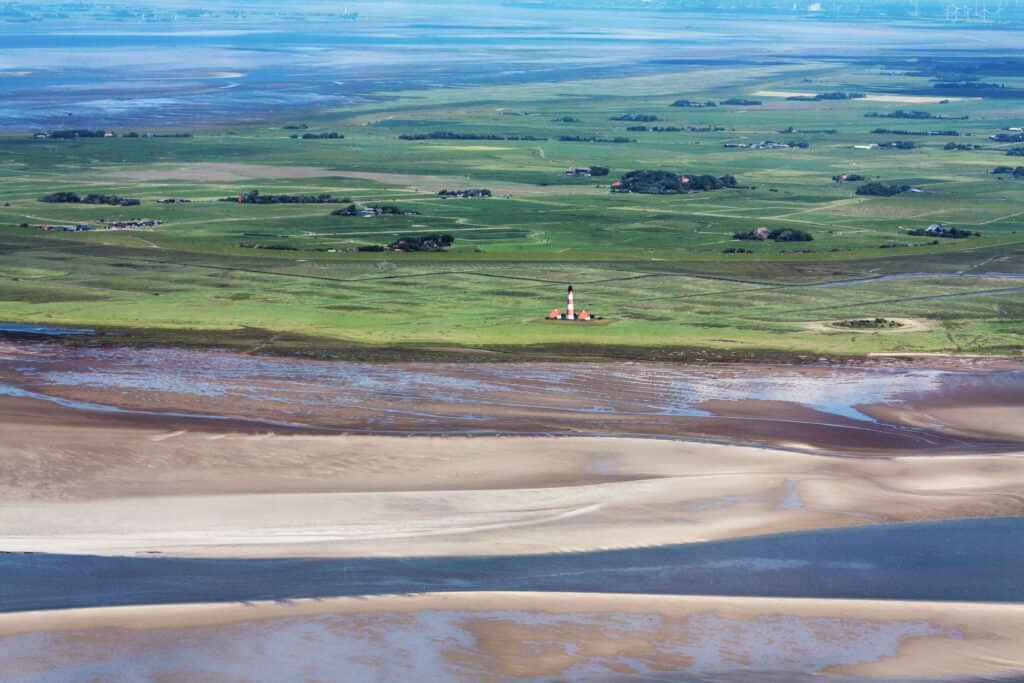
Worth noting, that some of the islands are only accessible by ferry, and ferry schedules are tide dependent, so visitors will need to plan accordingly and factor in additional time for ferry rides.
It’s also important to note that these estimated hours are based on traveling one way only, so visitors should keep in mind that they will need to double these estimated times to account for the round trip.


